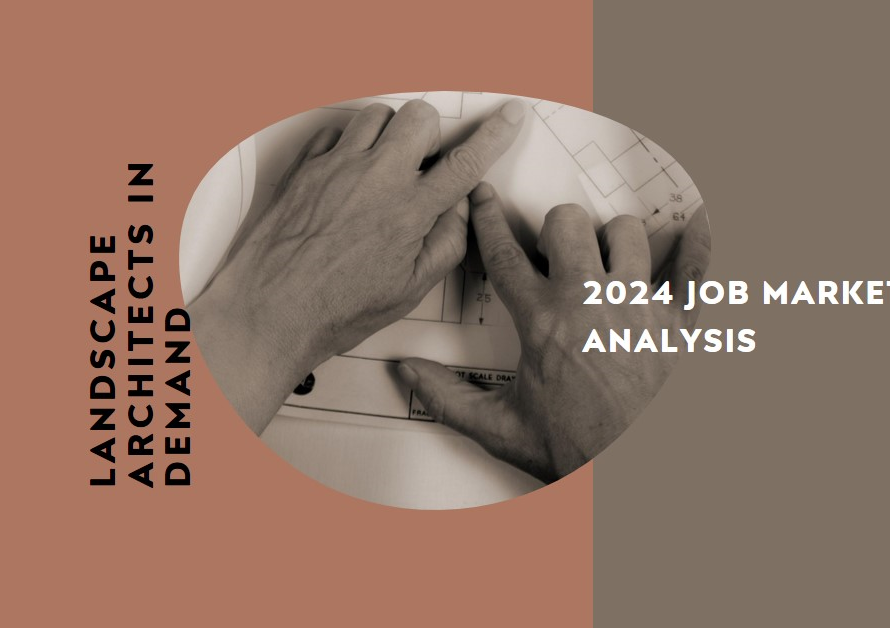
Table of Contents
Introduction to 3D Building Rendering:
In the realm of architectural design, 3D building rendering stands as a cornerstone of visualization, offering a window into the future of structures yet to be built. With its transformative capabilities, this technology has revolutionized the way architects, engineers, and clients perceive and interact with architectural concepts. This guide endeavors to illuminate the intricacies of 3D building rendering, from its fundamental principles to its practical applications in the contemporary design landscape.
Understanding the Basics:
At its core, 3D building rendering involves the creation of three-dimensional models of architectural designs, enabling stakeholders to visualize projects in a realistic and immersive manner. Utilizing specialized software, skilled designers meticulously craft digital replicas of buildings, incorporating details such as textures, lighting, and spatial relationships to simulate real-world environments. By harnessing the power of advanced rendering techniques, architects can breathe life into their visions, offering clients a glimpse into the finished product long before construction commences.
The Process Unveiled:
The journey from blueprint to rendered masterpiece is a multifaceted endeavor, encompassing several stages of meticulous craftsmanship. Initially, designers gather pertinent data, including architectural plans, dimensions, and design preferences, to inform the creation of the digital model. Through the adept manipulation of software tools, they sculpt the virtual landscape, refining each element to achieve a harmonious composition. Lighting plays a pivotal role in rendering, as it imbues the scene with ambiance and depth, accentuating architectural features and evoking mood. Finally, the rendering undergoes scrutiny and refinement, with designers fine-tuning details to achieve photorealistic perfection.
Applications Across Industries:
The versatility of 3D building rendering transcends the boundaries of architecture, permeating various industries with its transformative capabilities. In real estate, immersive renderings serve as powerful marketing tools, allowing prospective buyers to envision themselves within prospective properties. Similarly, urban planners utilize renderings to visualize proposed developments, facilitating informed decision-making and community engagement. Moreover, interior designers leverage rendering technology to conceptualize interior spaces, experimenting with layouts, materials, and décor to achieve aesthetic cohesion.
Navigating Rendering Techniques:
Within the realm of 3D building rendering, a myriad of techniques and methodologies exist, each offering unique advantages in achieving desired outcomes. Ray tracing stands as a cornerstone of photorealistic rendering, simulating the behavior of light rays to produce lifelike imagery replete with reflections, shadows, and refractions. Conversely, rasterization prioritizes computational efficiency, rendering images through the approximation of geometric shapes and textures. Additionally, real-time rendering has emerged as a game-changer in the industry, enabling interactive exploration of architectural models with unprecedented fluidity and responsiveness.


Overcoming Challenges:
Despite its myriad benefits, 3D building rendering is not without its challenges, with practitioners often grappling with issues ranging from hardware limitations to software compatibility. Rendering complex scenes with intricate details can impose significant computational demands, necessitating powerful hardware configurations to ensure smooth performance. Moreover, achieving realism in rendering requires a nuanced understanding of light behavior and material properties, demanding expertise and finesse from designers. Additionally, optimizing rendering workflows to streamline production while maintaining quality remains an ongoing endeavor for industry professionals.
Embracing Innovation:
As technology continues to evolve at a breakneck pace, the landscape of 3D building rendering undergoes constant transformation, driven by innovations in hardware, software, and techniques. The advent of real-time rendering engines has democratized the rendering process, empowering designers with unprecedented flexibility and interactivity. Furthermore, advancements in artificial intelligence hold promise for automating tedious tasks such as texture mapping and scene optimization, freeing up designers to focus on creative expression. With each technological leap, the boundaries of what is achievable in 3D rendering expand, ushering in a new era of possibility for architectural visualization.
Future Horizons:
Looking ahead, the future of 3D building rendering appears boundless, with emerging technologies poised to redefine the landscape of architectural visualization. Augmented reality (AR) and virtual reality (VR) present exciting avenues for immersive design exploration, allowing stakeholders to interact with architectural models in unprecedented ways. Additionally, the integration of real-time rendering with collaborative platforms holds promise for revolutionizing the design process, fostering seamless communication and iteration among project teams. As these technologies continue to mature and converge, the boundaries between the virtual and physical realms blur, ushering in a new era of innovation and creativity in architectural design.
Conclusion:
In conclusion, 3D building rendering stands as a transformative force within the realm of architectural design, offering a powerful tool for visualization and communication. By harnessing advanced rendering techniques and embracing technological innovation, designers can breathe life into their visions, fostering deeper understanding and engagement among stakeholders. As we navigate the ever-evolving landscape of rendering technology, one thing remains certain: the future of architectural visualization is as bright and boundless as the imaginations of those who dare to dream.


